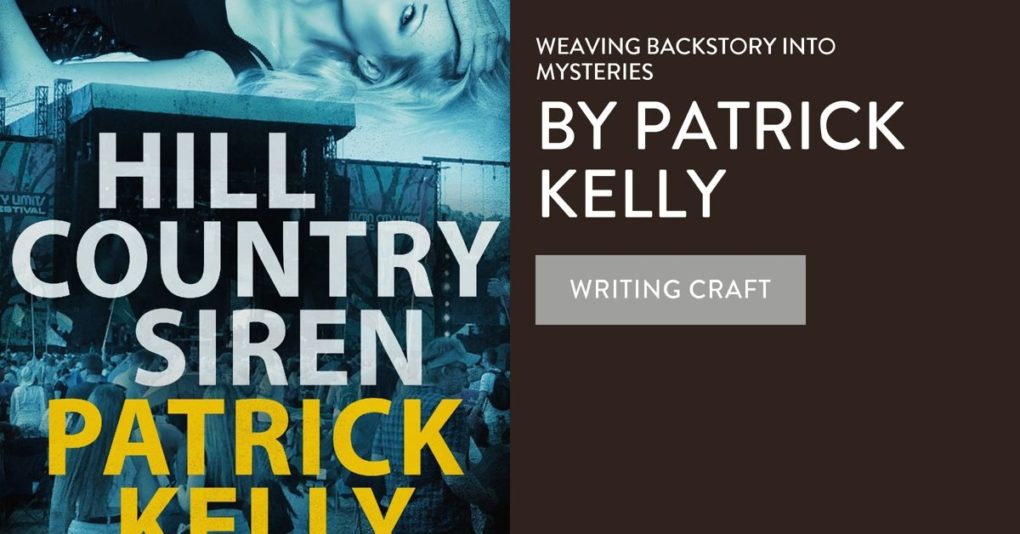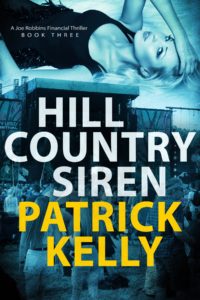By Sarah Juckes, @sarahannjuckes
What makes a bestselling book? And how can you, as a writer, ensure that your book is the very best it can be?
The answer will differ from genre to genre, but at The Writer’s Workshop, we’ve found there are some things that every good fiction book will include.
1) A killer concept
What? Look at the most notorious books in the last ten years, and you’ll find an irresistible idea at the centre of each of them. Dan Brown’s hunt for the Holy Grail in The Da Vinci Code for example, was the perfect hook for his publishers to sell to the masses, as was McEwan’s Atonement and Smith’s White Teeth.
How? Is your concept going to capture attention? To answer this, you should first know your market inside out. What books are selling and why? Next, try to condense your concept into fifty words or less. Will this spark the interest of readers?
2) Protagonist motivation
What? Most bestselling books are centred around one character – the protagonist. In every story, the protagonist must want something. This could be something simple like the acceptance of the people around you, as in the case of Wonder by R. J. Palacio, or it could literally be the difference between life and death.
How? Understand what your protagonist wants and make it matter to the reader, too. Ensure that it is clear and consistent throughout the book. If it doesn’t matter to the protagonist, then it won’t matter to the reader.Continue reading






